Aman Bin Jaffar and Ng Min Xuan
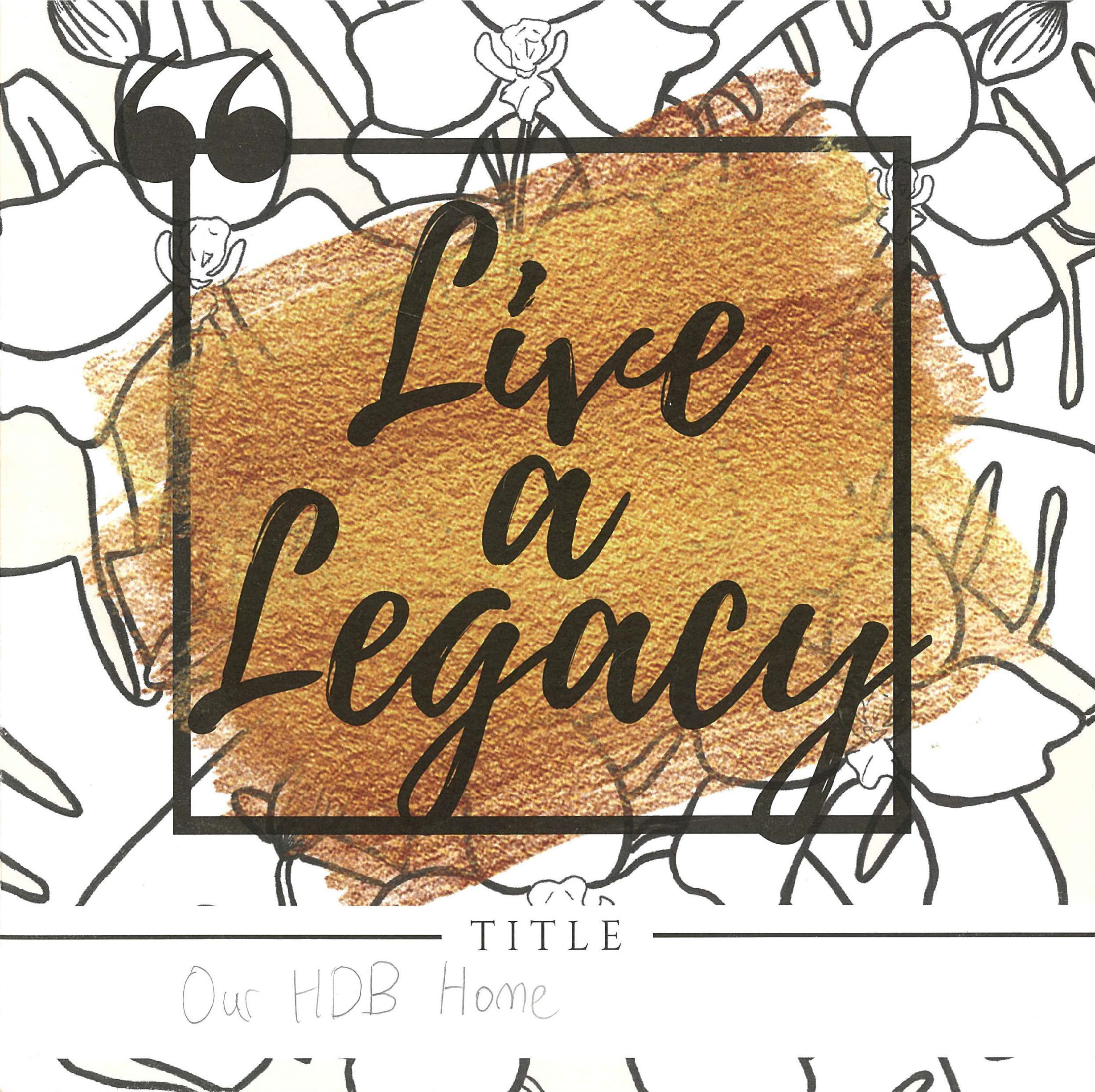
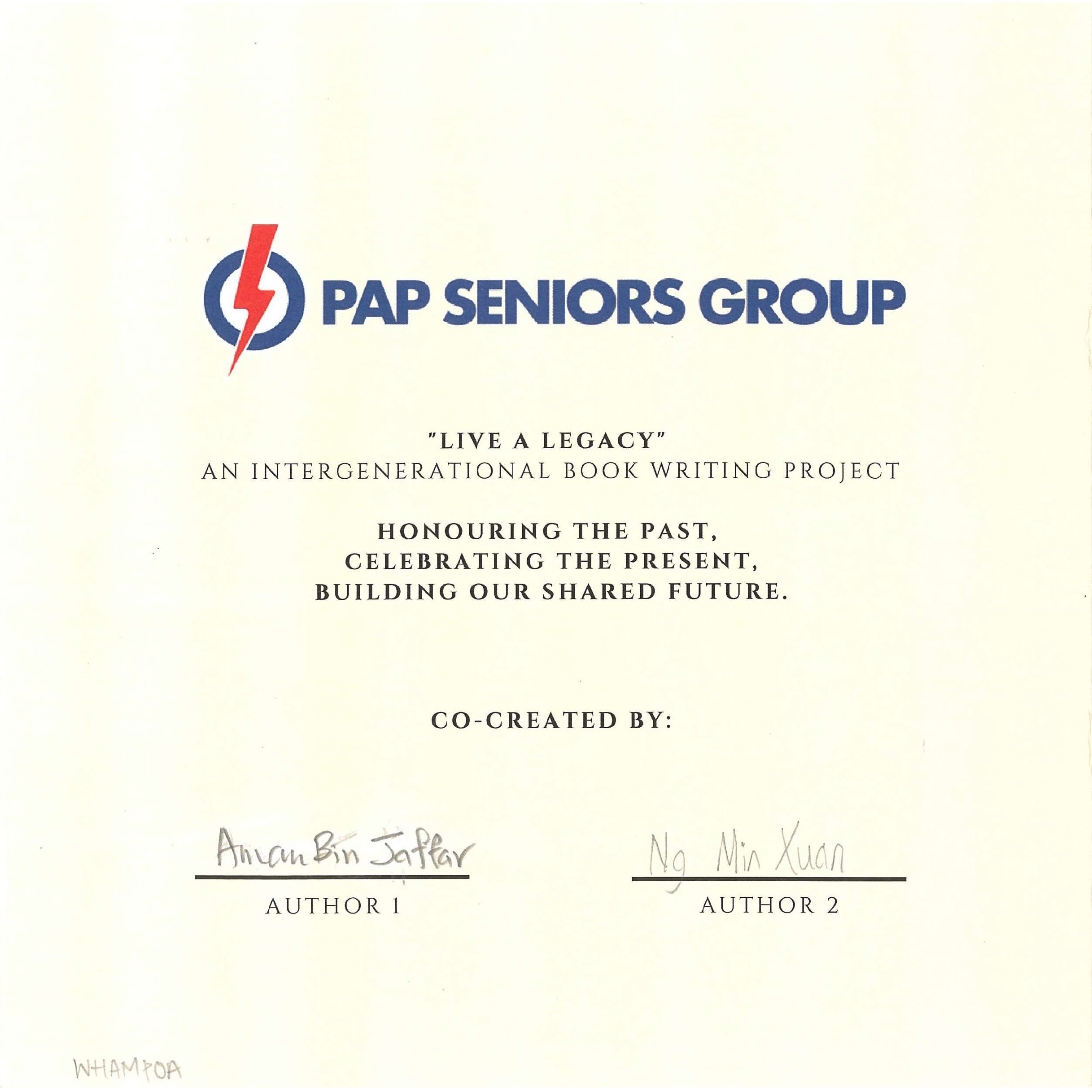
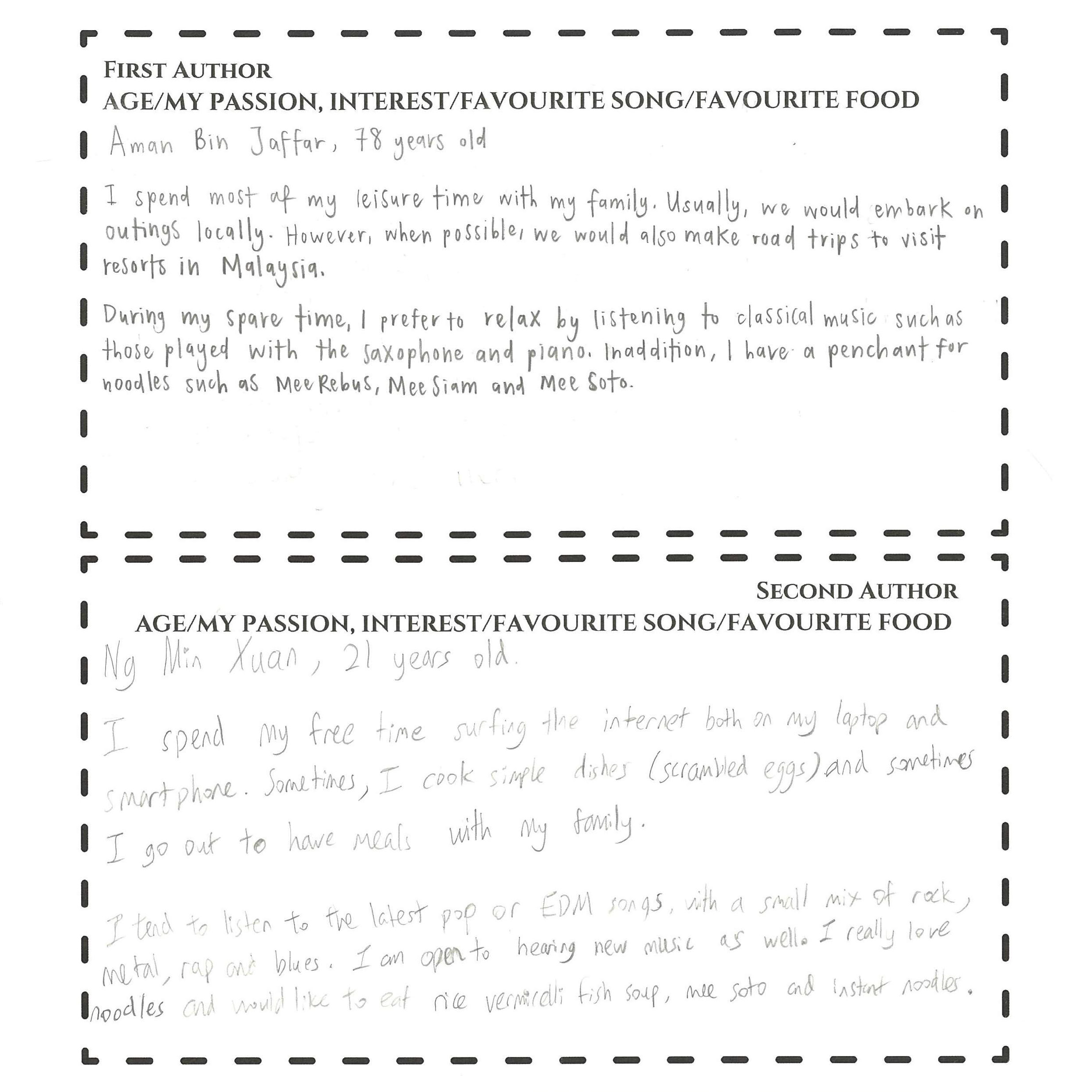
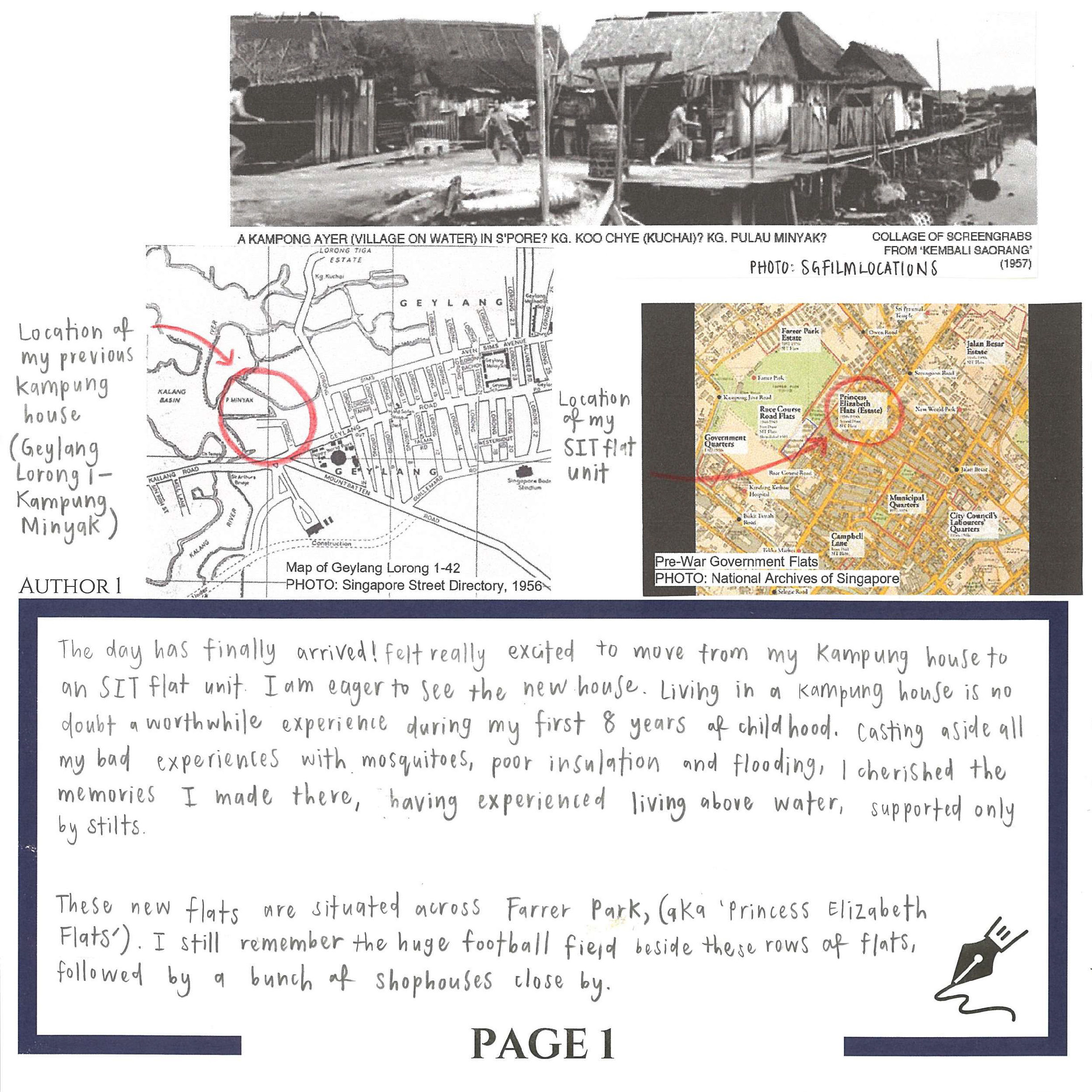
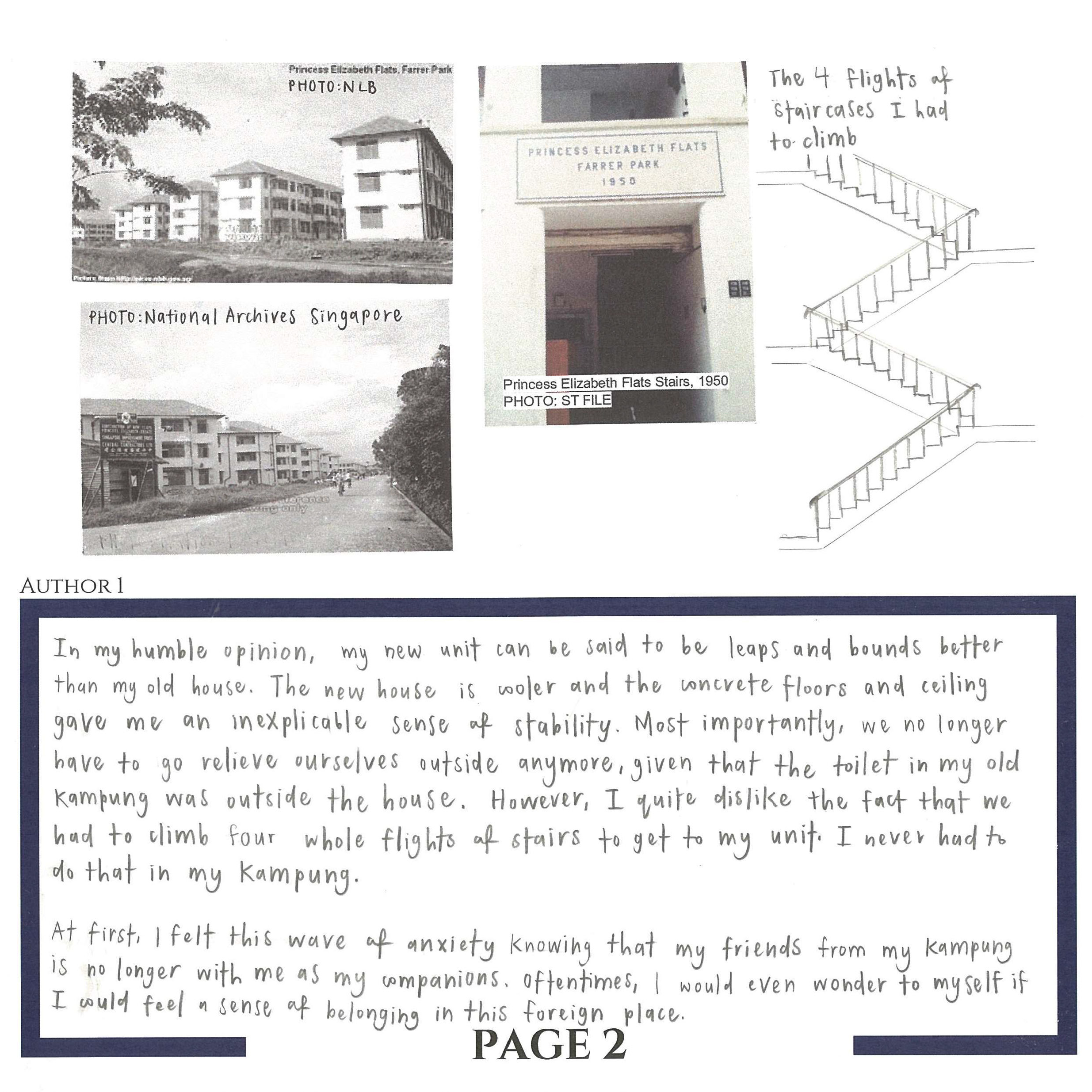
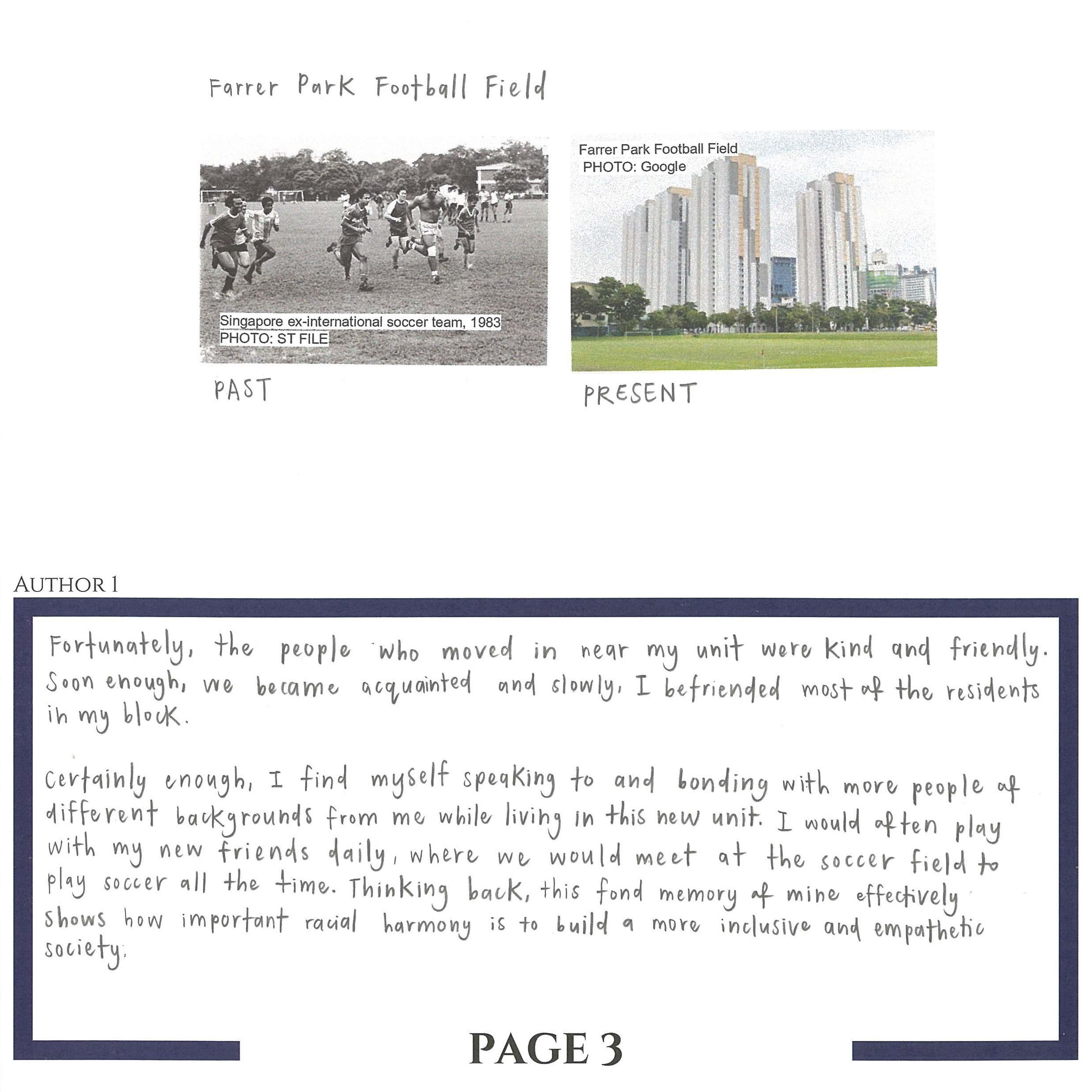
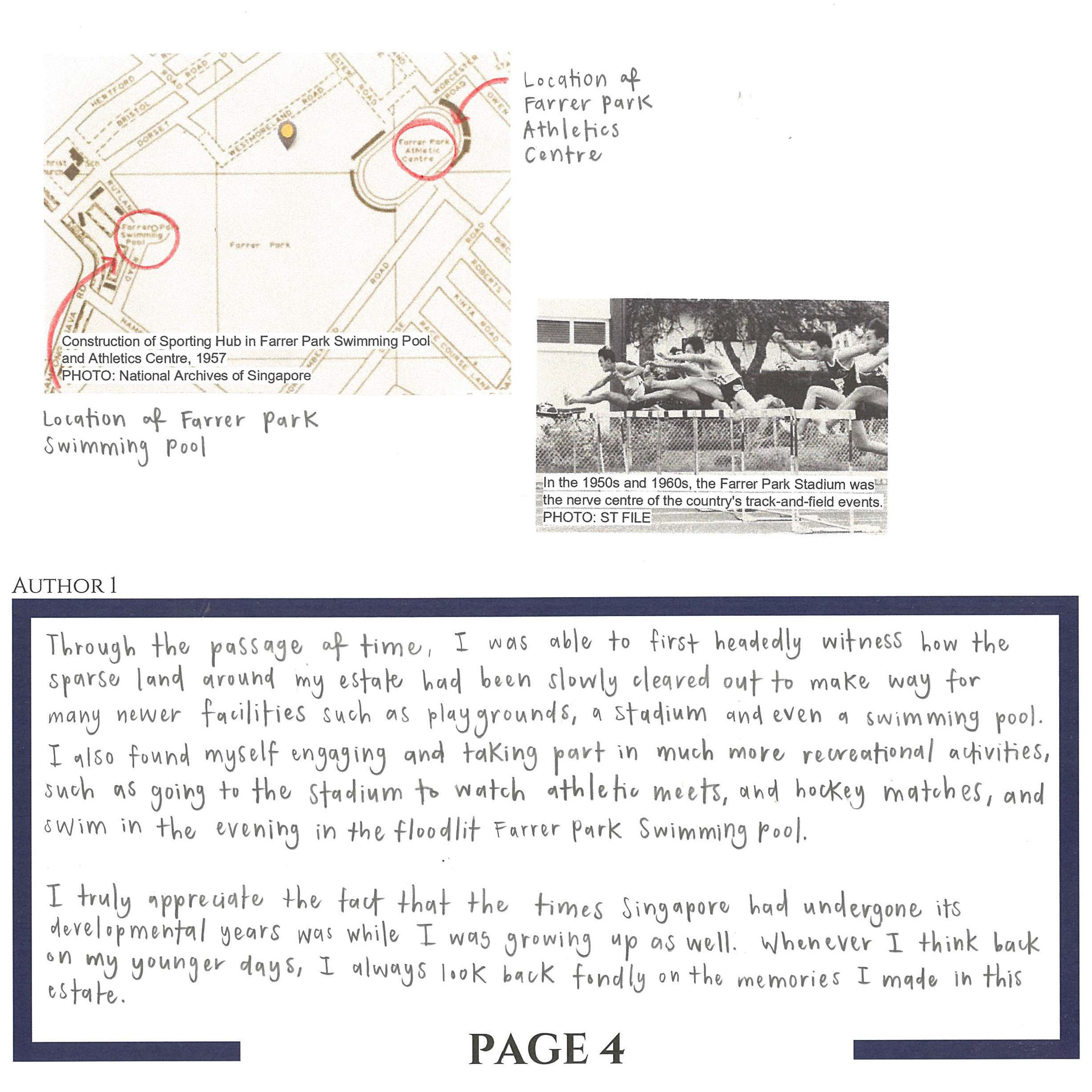
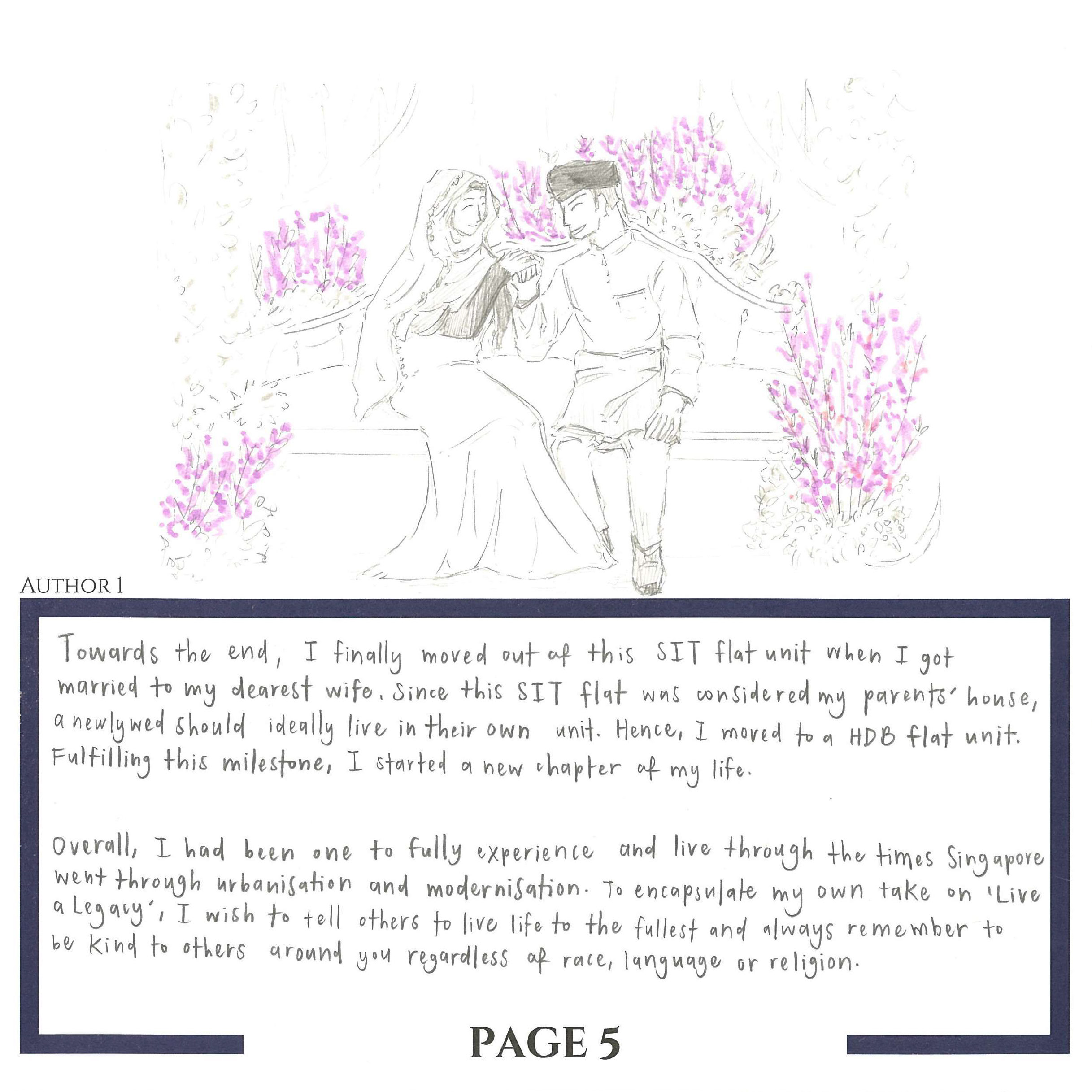


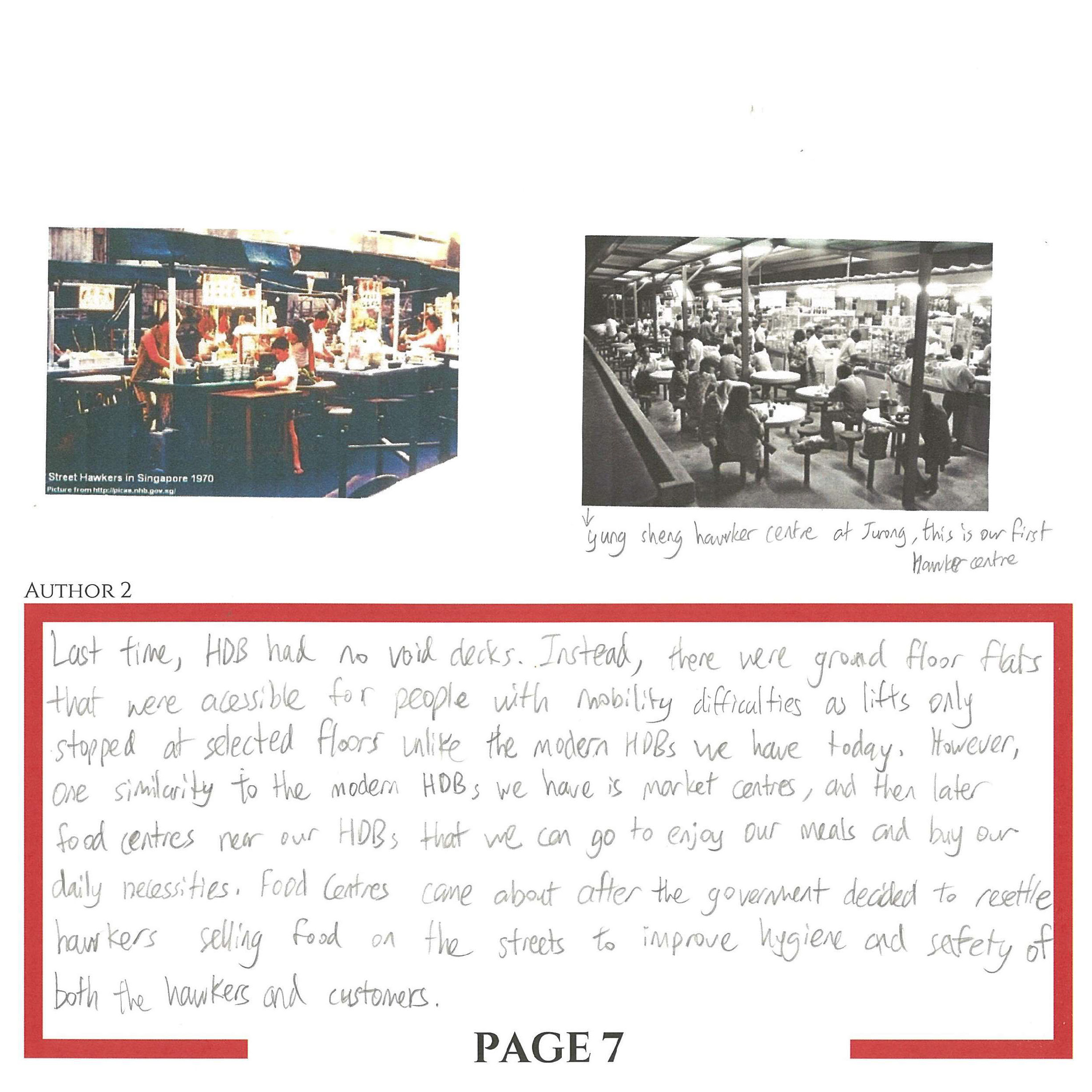
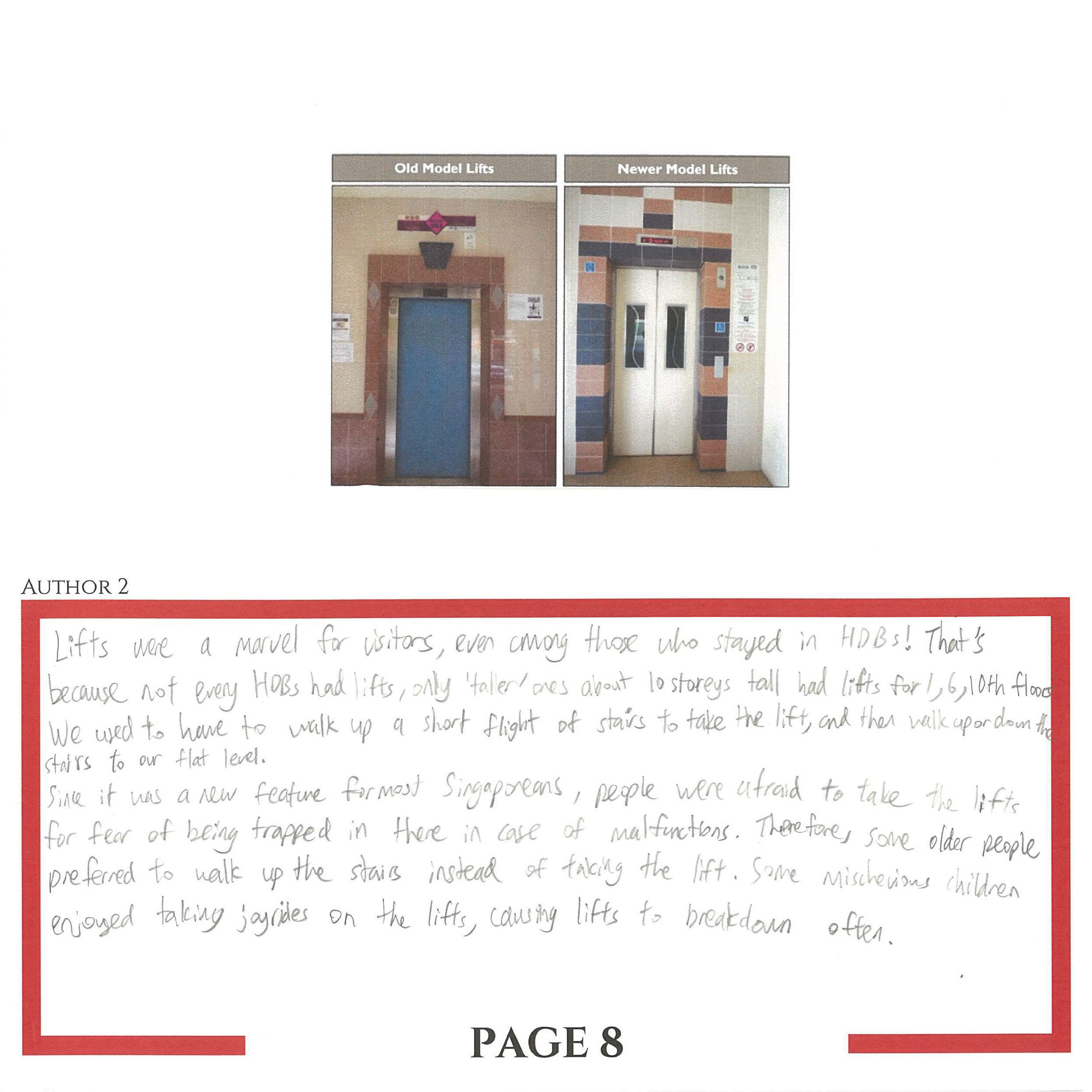
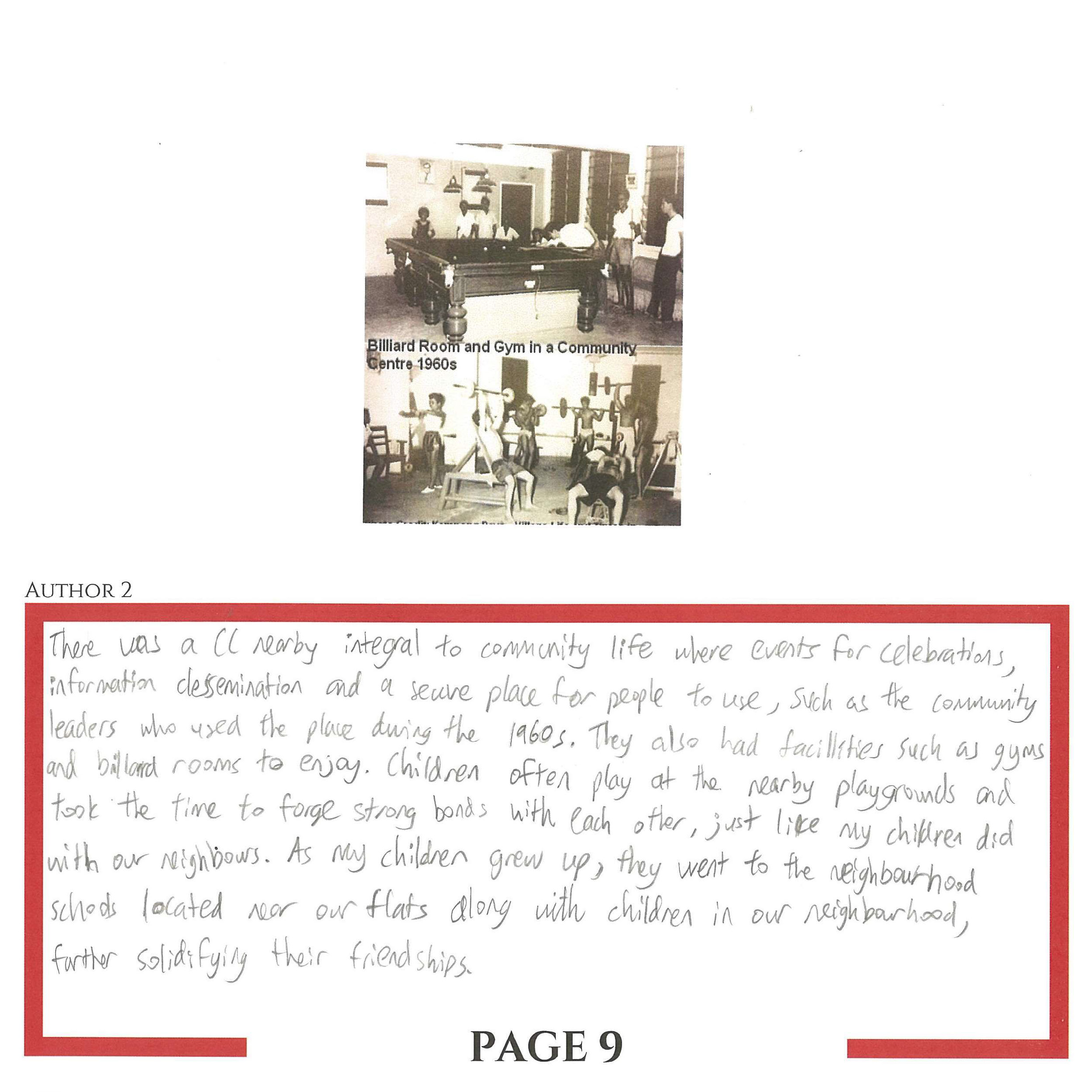
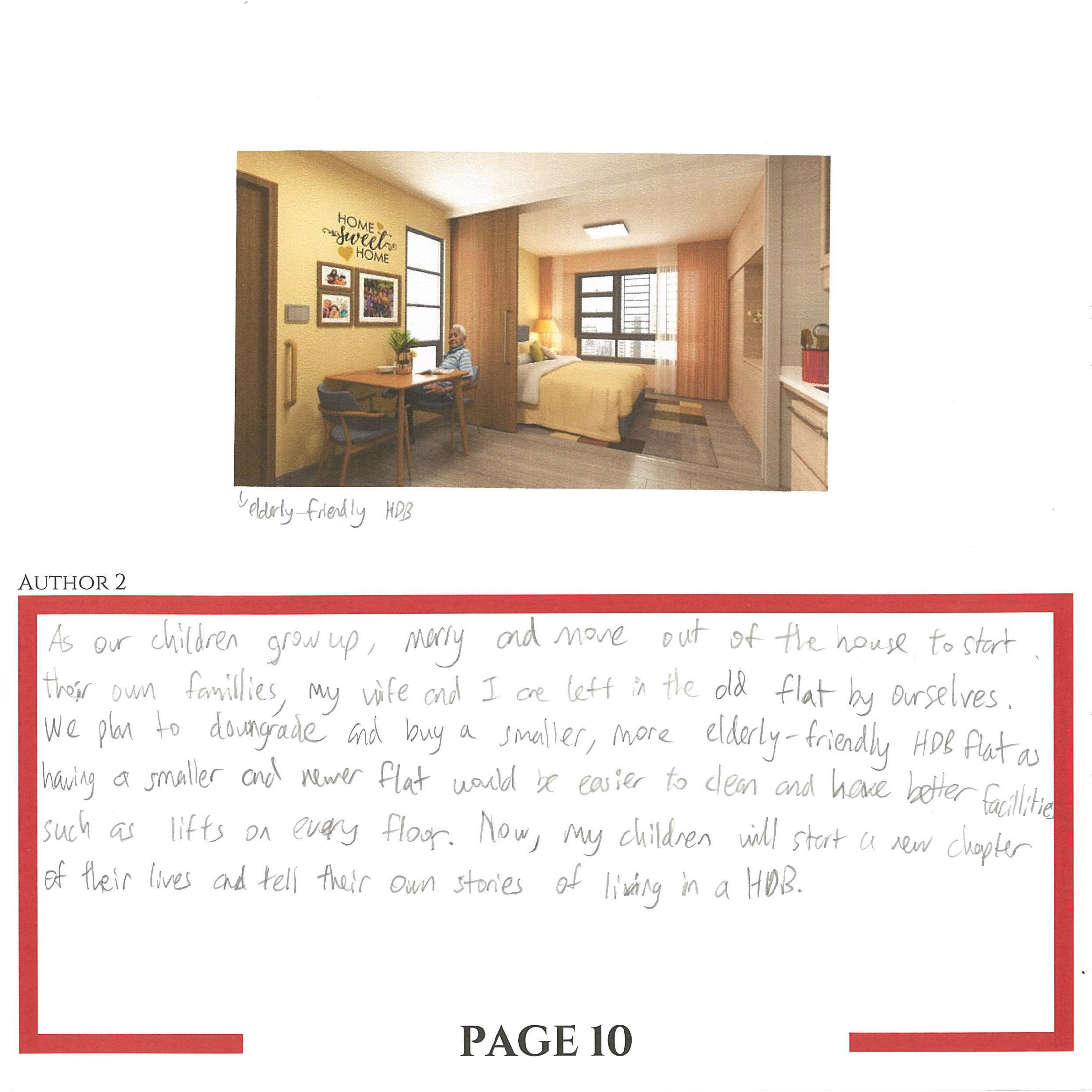

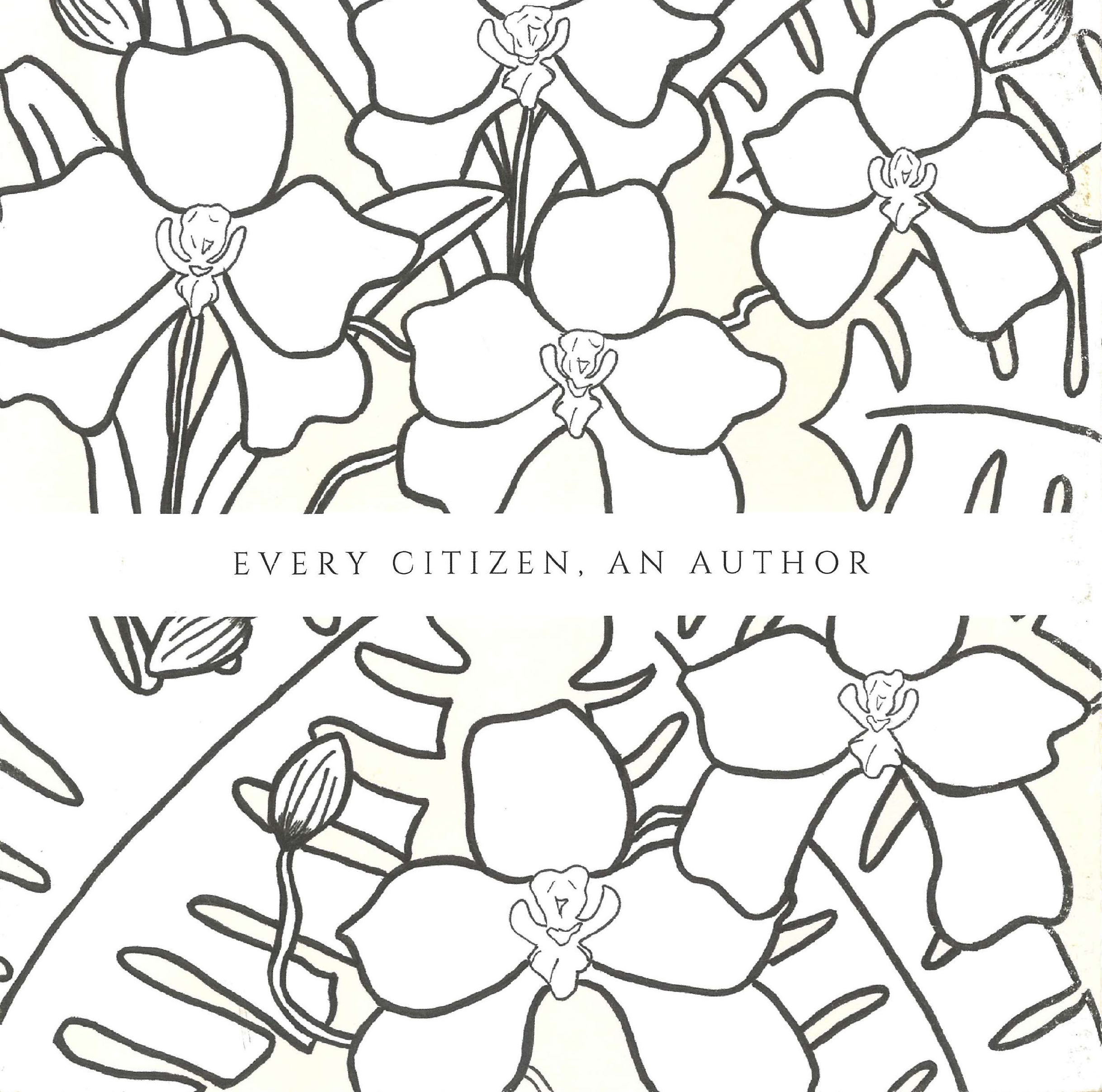
Our HDB Home
Aman Bin Jaffar:
The day has finally arrived! I felt really excited to move from my Kampung house to an SIT flat unit. I am eager to see the new house. Living in a kampung house is no doubt a worthwhile experience during my first 8 years of childhood. Casting aside all my bad experiences with mosquitoes, poor insulation, and flooding, I cherished the memories I made there, having experienced living above water, supported only by stilts.
These new flats are situated across Farrer Park (aka Princess Elizabeth Flats). I still remember the huge football field beside these rows of flats, followed by a bunch of shophouses close by.
In my humble opinion, my new unit can be said to be leaps and bounds better than my old house. The new house is cooler and the concrete floors and ceiling gave me an inexplicable sense of stability. Most importantly, we no longer have to go relieve ourselves outside anymore, given that the toilet in my old kampung was outside the house. However, I quite dislike the fact that we had to climb four whole flights of stairs to get to my unit. I never had to do that in my kampung.
At first, I felt this wave of anxiety knowing that my friends from my kampung are no longer with me as my companions. Oftentimes, I would even wonder to myself if I could feel a sense of belonging in this foreign place.
Fortunately, the people who moved in near my unit were kind and friendly. Soon enough, we became acquainted, and slowly, I befriended most of the residents of my block.
Certainly enough, I find myself speaking to and bonding with more people of different backgrounds from me while living in this new unit. I would often play with my new friends daily, where we would meet at the soccer field to play soccer all the time. Thinking back, this fond memory of mine effectively shows how important racial harmony is to build a more inclusive and empathetic society.
Through the passage of time, I was able to first headedly witness how the sparse land around my estate had been slowly cleared out to make way for many newer facilities such as playgrounds, a stadium, and even a swimming pool. I also found myself engaging and taking part in much more recreational activities, such as going to the stadium to watch athletic meets, and hockey matches, and swim in the evening in the floodlit Farrer Park Swimming Pool.
I truly appreciate the fact that the times Singapore had undergone its developmental years were while I was growing up as well. Whenever I think back on my younger days, I always look back fondly on memories I made in this estate.
Towards the end, I finally moved out of this SIT flat unit when I got married to my dearest wife. Since this SIT flat was considered my parents’ house, a newlywed should ideally live in their own unit. Hence, I moved to a HDB flat unit. Fulfilling this milestone, I started a new chapter of my life.
Overall, I had been one to fully experience and live through the times Singapore went through urbanisation and modernisation. To encapsulate my own take on ‘Live a Legacy’, I wish to tell others to live life to the fullest and always remember to be kind to others around you regardless of race, language, or religion.
Ng Min Xuan:
We moved into a new HDB! In the 60s, the flats typically looked like this. The new flats are taller and much bigger in size, thus we have more nieghbours around our blocks. The high-rise buildings were one of the tallest housing structures we had in Singapore, making it a very formidable sight among us. It was really a marvel during our time as not many people have seen a high-rise building before.
Last time, HDB had no void decks. Instead, there were ground floor flats that were accessible for people with mobility difficulties as lifts only stopped at selected floors, unlike the modern HDBs we have today. However, one similarity to the modern HDBs we have is market centres, and then later, food centres near our HDBs that we can go to enjoy our meals and buy our daily necessities. Food centres came about after the government decided to resettle hawkers selling food on the streets to improve the hygiene and safety of both the hawkers and customers.
Lifts were a marvel for visitors, even among those who stayed in HDBs! That’s because not every HDB had lifts, only ‘taller’ ones about 10-storeys tall had lifts on the 1st, 6th and 10th floors. We used to have to walk up a short flight of starts to take the lift and then walk up or down the stairs to our flat level.
Since it was a new feature for most Singaporeans, people were afraid to take the lifts for fear of being trapped in there in case of malfunction. Therefore, some older people preferred to walk up the stairs instead of taking the lift. Some mischievous children enjoyed taking joyrides on the lifts, causing lifts to break down often.
There was a CC nearby integral to community life where events for celebrations, information dissemination, and a secure place for people to use, such as the community leaders who used the place during the 1960s. They also had facilities such as gyms and billiard rooms to enjoy. Children often play at the nearby playgrounds and with our neighbours. As my children grew up, they went to the neighbourhood schools located near our flats along with children in our neighbourhood, further solidifying their friendships.
As our children grew up, married and moved out of the house to start their own families, my wife and I are left in the old flat by ourselves. We plan to downgrade and buy a smaller, more elderly-friendly HDB flat as having a smaller and newer flat would be easier to clean and have better facilities such as lifts on every floor. Now, my children will start a new chapter of their lives and tell their own stories living in a HDB.
